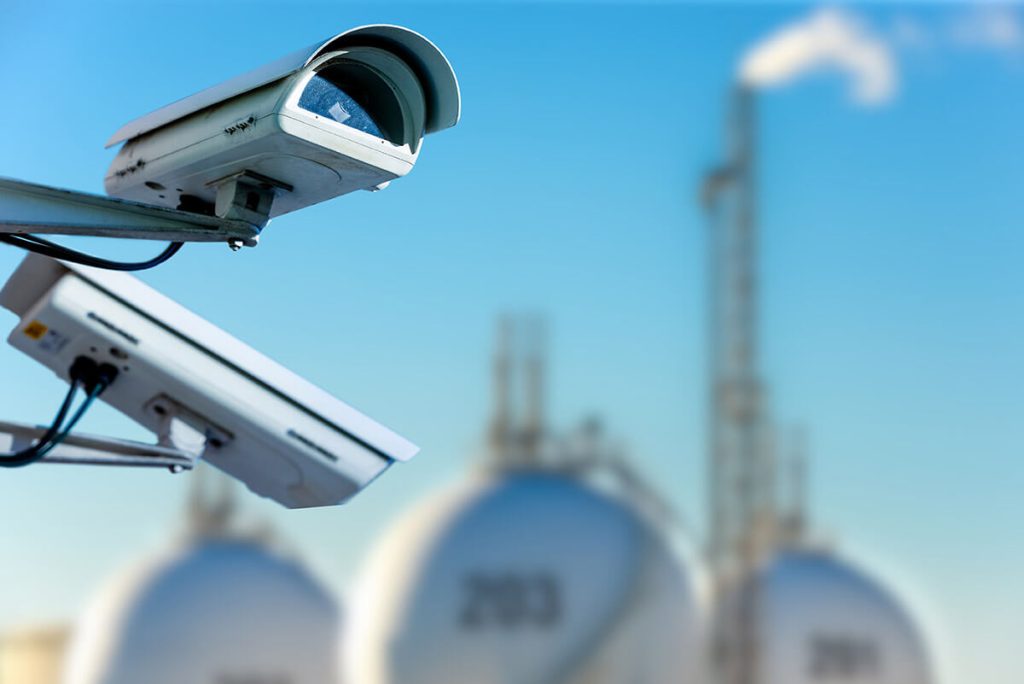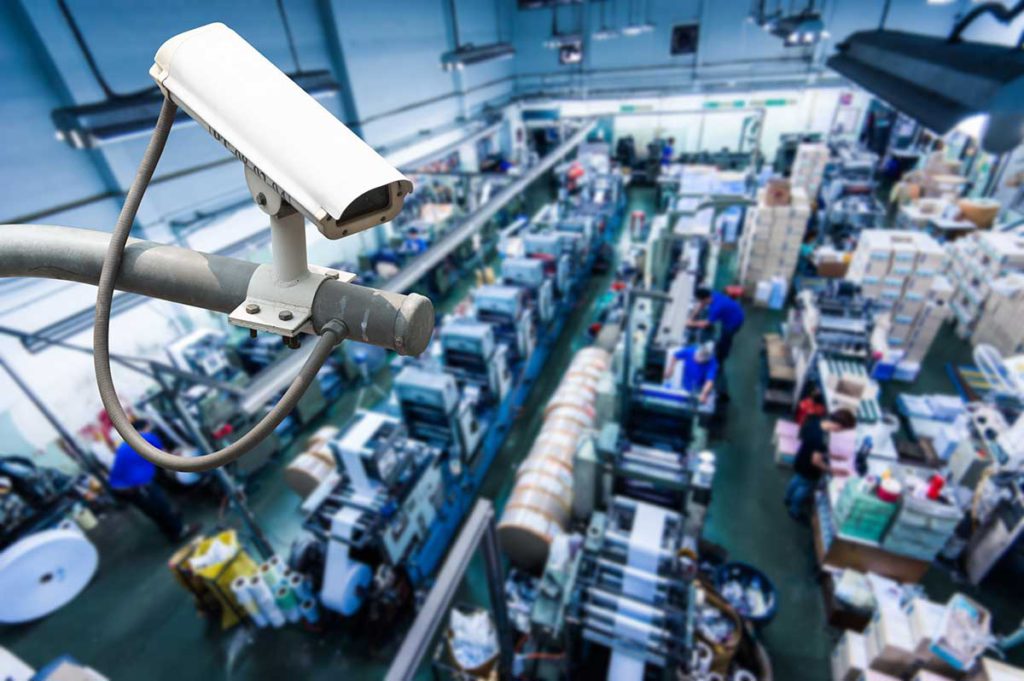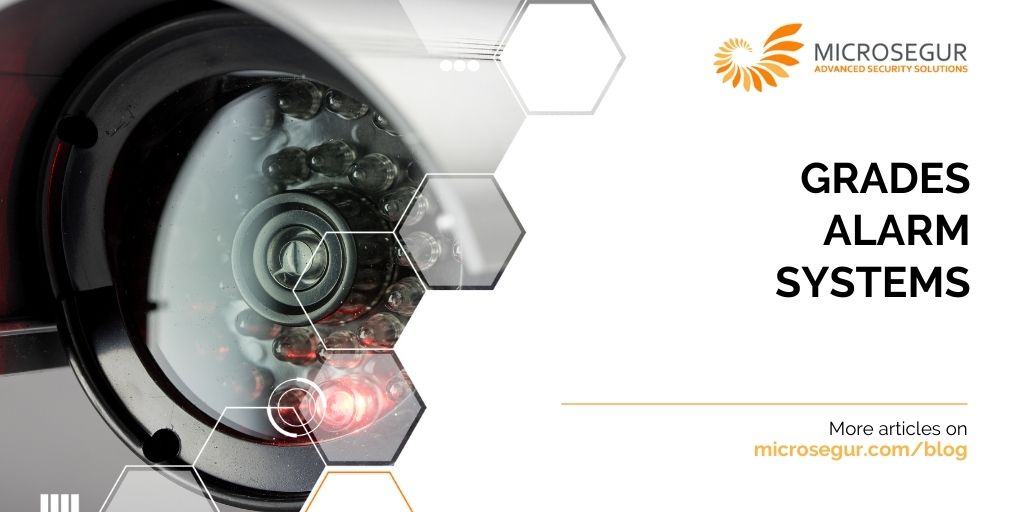When installing an alarm in a property, we must bear in mind that not all locations require the same degree of protection: there are alarms for industrial buildings, alarms for homes and even alarms for security companies or military installations. We are going to see the different grades alarms systems, to help you choose the alarm that best suits your particular situation.
What is the Grades Alarm Systems?
Each type of alarm has components and parameters that determine its operation; consequently, there will be a difference in performance (and price) between them.
These differences lead to a standardized classification of alarms into four large groups (Grades Alarm Systems), that is, the way in which the alarms that can be installed in different properties are grouped.
This classification arises from the variety of needs of homeowners: it is easy to imagine that a jewelry store or a bank does not need the same protection as a second home or a newsstand.
This is not to say that there are certain businesses or homes that do not need protection, but that the alarms that are installed in them will not have to include certain protocols or systems.
Even so, all this is still a recommendation for use: the customer can have the degree of security they want in their alarm, but perhaps their excess of zeal leads to overprotection (and the consequent extra cost).
As we will see below, there are up to four degrees of security in alarms: your choice will be conditioned on the nature and use of the property where they are to be installed and, consequently, on the specific needs of the users.

What grades of security are there?
Grade 1
These types of alarms are designed for places with a low risk of intrusion, that is, where undesirable situations such as burglaries or robberies are not expected to occur, or where the user simply calculates that it is not worth paying for a more advanced system to protect their property.
Grade 1 alarms are not remotely connected to control rooms, nor to alarm centers with subsequent notification to the Police: their scope is exclusively limited to the place where they have been installed.
Its operation is limited to implementing a movement detector and emitting a dissuasive sound, with no other purpose than to scare the individual loitering in the vicinity of the property.
They are usually accompanied by false surveillance cameras or posters that notify the existence of a security system. They are quite cheap systems, but they hardly confer protection to the place, beyond deterring the intruder.
Grade 2
Grade 2 alarms are the most used by practically all users, forming a regular part of homes or small businesses: they are connected to an alarm center or control centers that actively monitor the property.
These alarms implement keypad control panels, motion detectors and surveillance cameras. In addition, they have an automatic notification system to the Police in case of detecting anomalies or suspicious activities in the place. The sensors and cameras can be controlled from the central or even from the user’s own mobile phone.
Its cost is somewhat higher, especially at the beginning, but the vast majority of users opt for this degree of security because, in the long run, it pays off.
Grade 3
The third grade of alarm security comprises those systems designed to protect more specific environments, as they also include video surveillance cameras and a safe with a seismic detector (to prevent unauthorized manipulation).
They are the alarms that are usually found in locations where items of great value or risk are guarded; therefore, they usually implement a two-way communication channel and systems to avoid inhibitors.
Consequently, they are quite expensive compared to grade 1 and grade 2 alarms: in return, they offer very effective protection.
Grade 4
Security grade 4 is the most advanced that exists to date, so they are frequent to protect critical or strategic places, where the amount of property in custody is considerable, or the risk of theft or trespassing is very high.
These alarms are always connected to a central station, with no possibility of eventual disconnection: they offer up to 1 million possibilities to choose the security code, they give a maximum of three attempts to enter it and their supervision is mandatory when they are to be replaced.
Given their complexity (which is also reflected in the price), grade 4 alarms cannot be installed in any type of property: it must comply with the requirements established in Order INT / 316/2011 and in different UNE standards -EN, European directives and royal decrees.

What is the best type of alarm?
- Grade 1 alarms are practically not recommended in any case, unless you consider that you do not need to invest a large sum of money in protecting a specific property. It is a typical case of second homes or premises where there are hardly any valuables.
- Grade 2 alarms are ideal for common homes and businesses, and second homes with a somewhat higher content.
- Grade 3 alarms are designed for businesses with a high probability of being robbed or robbed: banks, pharmacies, jewelry stores, gas stations, banks, art galleries or lottery administrations.
- Grade 4 alarms can only be installed in regulatory-eligible locations, such as military installations, government buildings, chemical laboratories, entities holding large sums of cash, or locations containing explosive or hazardous material.
The questions that you should ask your security systems installer should be aimed at choosing the alarm system that is most appropriate for your needs, based on its performance and its price. We recommend that you do not skimp on questions and ask us everything you need to know about the different Grades Alarm Systems.



